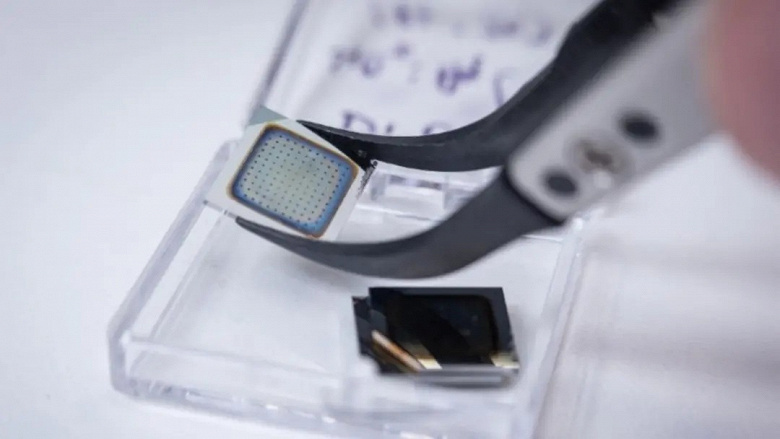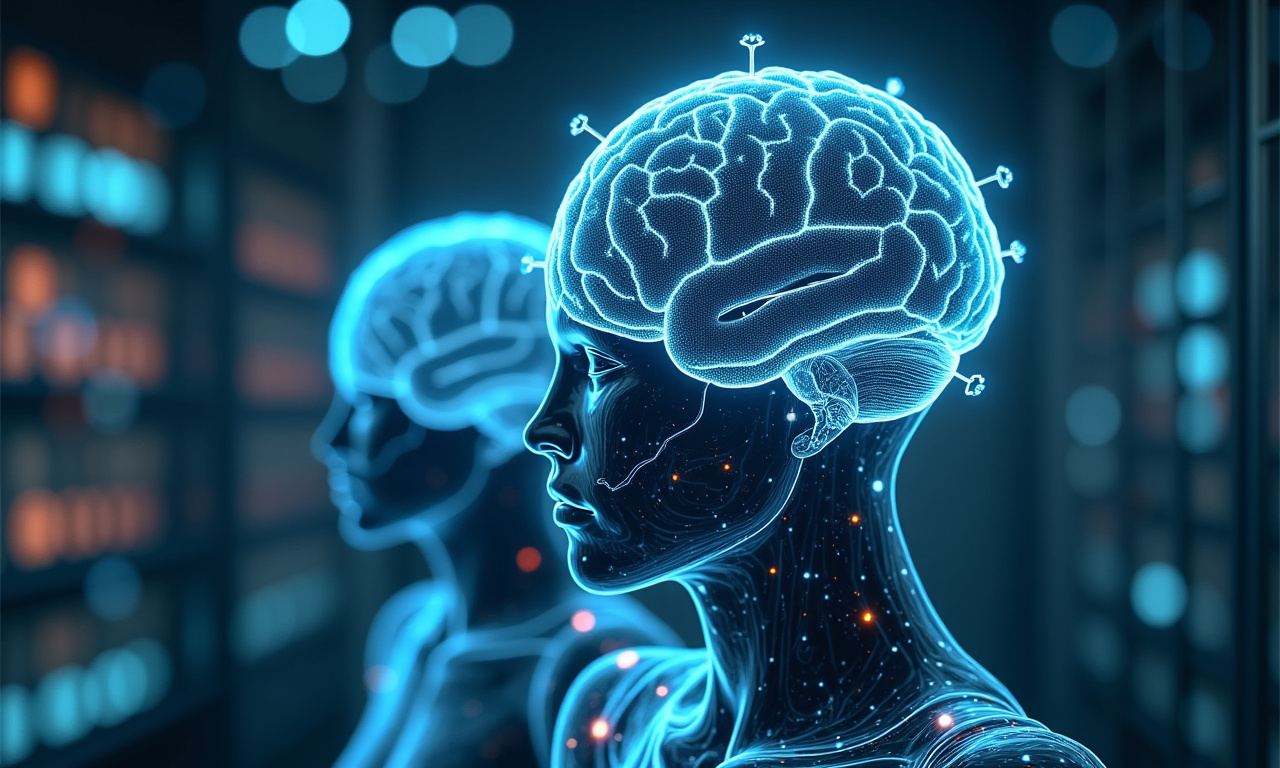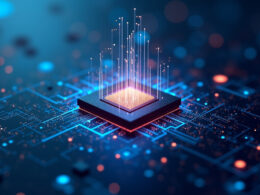Scientists have created an artificial neuron that mimics the activity of different brain areas. This marks a step towards robots that sense and respond to the world like humans. The development toggles between functions linked to vision, planning, and movement, processing information through electrical impulses, bringing “hardware” closer to biological computing. Unlike traditional artificial neurons performing a narrow task, the new transneuron switches between roles, adjusting its electrical parameters. The development shows the ability of a single artificial neuron to emulate visual, motor, and premotor behavior, which may help create chips performing complex tasks with minimal equipment. “Ultimately, this paves the way toward creating more human-like robots,” remarks co-author Sergey Savelyev, a researcher from Loughborough University.

During trials, the transneuron was exposed to electrical signals and its impulses were compared with macaque neuron recordings. The device reproduced pulse patterns from three brain areas with 100% accuracy. These patterns ranged from stable activity to chaotic bursts. Professor Alexander Balanov of Loughborough University explains that small electrical changes allow the device to act as different neurons. “We also know that artificial neurons respond well to environmental changes like pressure and temperature,” he notes, pointing out that this may lead to the creation of artificial sensory systems as well as faster, more energy-efficient computers.
Researchers also showed that the transneuron doesn’t just mimic activity; it actively processes information. When the input signal changed, the device altered its activity frequency, akin to biological neurons. When receiving two signals simultaneously, the reaction depended on their timing. Normally, such an ability requires multiple artificial neurons. The device’s flexibility is provided by a memristor-a nanometer-scale component that physically changes when an electric current passes through it. Silver atoms inside form and break tiny bridges, generating electrical impulses. Changes in temperature, voltage, and resistance affect impulse behavior, allowing neuron roles to switch without software use. Dr. Sergey Hepstein from the Salk Institute notes that ordinary computers process information step-by-step, unlike the brain. “Our transneuron brings us closer to creating ‘hardware’ that not only mimics brain-like activity in software but actually functions like a brain,” he adds.
The next step is creating networks of transneurons in the form of a “cortex on a chip.” Scientists believe such networks could help robots feel and adapt in real time. These systems may support effective lifelong learning and reduce energy consumption. Dr. Pavel Borisov from Loughborough University adds that in the future, devices might interact with the human nervous system or assist scientists in studying consciousness.









